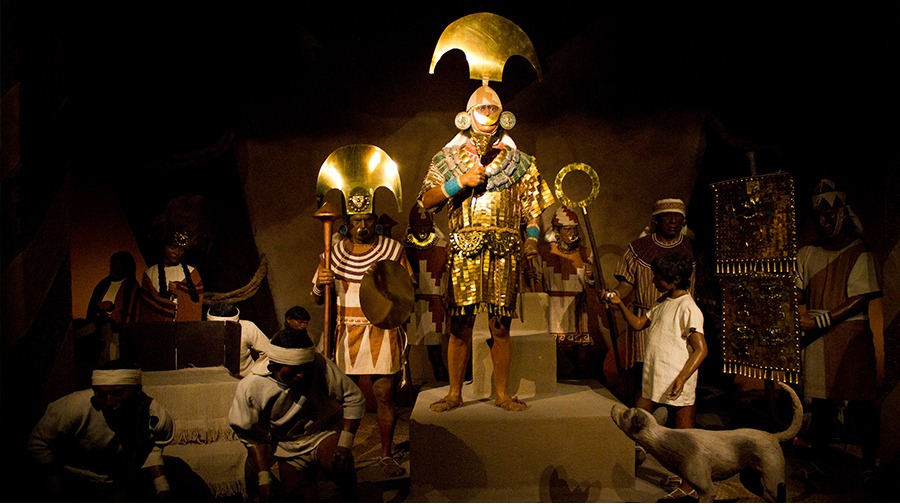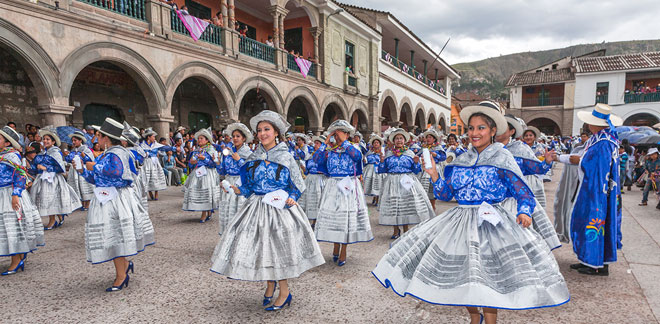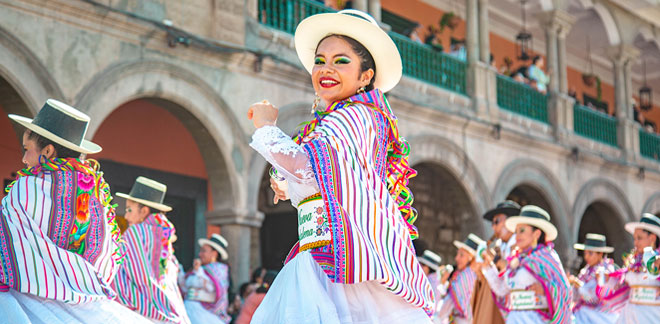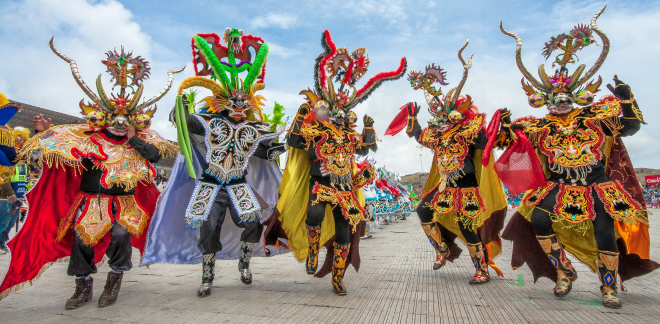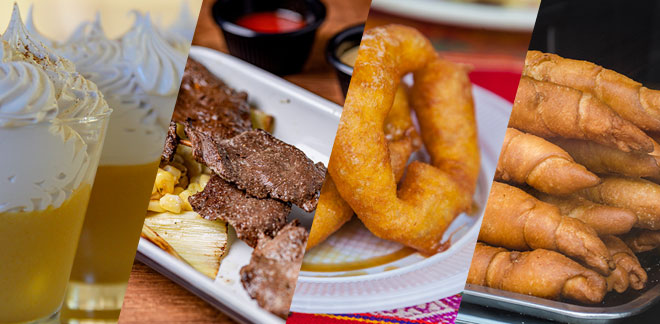Who Was the Lord of Sipán?
Síguenos en:Google News
When we talk about the Lord of Sipán, we’re talking about one of the most emblematic figures of the Mochica culture. The Lord of Sipán was an ancient Mochica ruler from the 3rd century, whose discovery proved far-reaching for world archeology as his tomb was the first royal burial site found intact in South America, and belonging to a Peruvian civilization prior to the Inca Empire.
The royal tomb of the Lord of Sipán was discovered by Dr. Walter Alva and his team of researchers in 1987, in Huaca Rajada, an archeological complex southeast of the city of Chiclayo. According to studies, the Mochica ruler was 1.65 meters tall, approximately 30 years old and probably died between 240 and 310 AD. He was found in a wooden coffin, the first of its kind found in America. Next to his head and feet were two skeletons of young women and the skeletons of a dog and two llamas on either side. Covered from head to toe in gold, silver, copper and precious stones, his skull was on a gold plate, showing how important this ancient leader was to the Mochica culture.
Around 600 objects of great historical and monetary value were recovered in the tomb of the Lord of Sipán. Ceramic and carved wooden objects were also found In the sarcophagus, in addition to pieces of gold, silver and precious stones. As for the clothing, three pairs of gold and turquoise earmuffs were found, and a necklace made up of twenty representations of peanut fruits, ten made of gold and ten made of silver. The peanut represented the beginning or rebirth for the Mochica culture.
It is important to note that the remains of eight people were found next to the Lord of Sipán: four men, three women and a child. According to research, the women were his concubines (the relationship of two people not linked by marriage) and the men are thought to be a military chief, a lookout and a soldier.
The tombs of ´The Priest´ and the ´Old Lord of Sipán´ were found near the tomb of the Lord of Sipán. In the tomb of the "Old Lord of Sipán", which is chronologically older, its funeral chamber has no companions and its wrapping is based on vegetable fiber, with signs of royal importance, adorned with golden scepters, fine gold jewelry, silver, pectorals made of shells and some peculiar iconography, unique in its kind.
Royal Tombs of Sipán Museum
Given the cultural significance of the findings and under the impetus of their discoverer, Walter Alva, the Royal Tombs of Sipán Museum was constructed in the city of Lambayeque, in the department of Lambayeque, itself considered to be one of the most important tourist attractions in the northern part of the country. Opened in 2002 and with an architectural design inspired by the ancient truncated pyramids of the Mochica culture, its main attraction is the tomb of the Lord of Sipán, its jewels, pottery and funerary offerings.
About the Mochica Culture
Known for its pottery and architecture, the Moche or Mochica Culture emerged in the early intermediate period, between 100 and 800 AD. Its geographical location is in the valleys of Lambayeque and Huarmey, in northern Peru. Its pottery is noted for the impressive ´Huacos Retrato´ (portrait vessels), depicting mythological, religious and everyday life scenes in the culture. Mochica potters based their work on three deities: humans, animals and plants. Its architecture was in turn based on mud bricks, where the great pyramidal huaca tombs were located. Huaca del Sol and Huaca de la Luna are the most important architectural manifestations of the Moches. It is important to highlight the form of their burials, where the ruling elite, the common tombs and the simple burial were notably different in terms of the decoration and objects used.
The incredible collection of pieces from the tomb of the Lord of Sipán has been exhibited in the main museums of Peru and the world. Researchers are still working to this day to make new discoveries and preserve this archaeological site which is of vital importance for Peruvian and world history.



